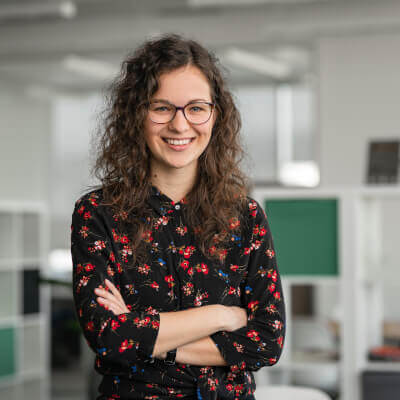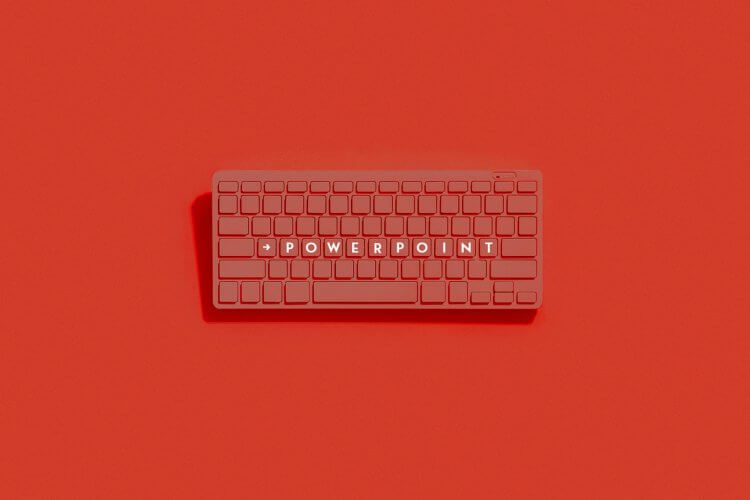As the audience expectations shift, speakers incorporate energizing elements and conversational activities into their presentations. Our meeting designer Juraj Holub shared his thoughts on conversational presenting and trends in the event design.
Below, you can find the transcript of his interview for Kongres magazine.
Q: You work for an event technology company, so what do you think will be hot in event tech in 2017 and are there any emerging trends?
At the recent IMEX 2017 in Frankfurt, I spoke about the evolution of event technology and my main message was that we have moved far beyond using technology just for the sake of technology. While 2015 and 2016 were the years of event apps and interaction tools, 2017 is all about meeting design.
As event planners, we started to think strategically about the use of technology. The main question is “How can technology help me get closer to achieving my objectives?”
Technology is not an end in itself, but a means to that end, so to organize truly effective meetings we need to think holistically and consider other elements:
- space arrangements that stimulate cooperation
- session formats that encourage idea exchange
- purposeful facilitation
Only when all the pieces align can we achieve an amazing meeting that has the potential to transform participants.
Q: Put yourself in the situation that you have a speaking opportunity in front of potential clients – what would be the length and format of your presentation and why keeping audience engagement in mind?
For starters, I’d challenge the concept of ‘one-way’ presentations. With some exceptions, they simply don’t work anymore.
Clients and event participants, in general, come to meetings and conferences with extensive knowledge about our company or our area of expertise, so repeating what they have already read or heard is simply wasting everyone’s time.
On the other hand, what people really crave are specific answers to questions that might have arisen from studying the marketing collateral, or from diving deeper into the subject, so what I do in client meetings or training sessions is that I set the tone, cover the basics and then move to crowdsource the questions of the meeting participants.
After the brief intro, I completely switch from a presentation mode to a two-way conversation addressing the questions and getting down to the participants’ issues and challenges. Inspired by Prezi, we labelled this delivery style as “conversational presenting”.
Q: For the audience to get the most out of each presentation and indeed from the whole conference, how much Q&A time would you recommend?
Again, I’d start with challenging the traditional format of broadcasting information for 40 minutes and then spending 5 minutes on Q&A that is supposed to drive interaction. Why wouldn’t you flip the format on its head completely and have 5 minutes of content delivery and 40 minutes of Q&A?
In fact, this is what entrepreneur Gary Vaynerchuk did at SXSW this year as part of his #AskGaryVee session. He gave a short intro about the importance of entrepreneurship and then opened up to audience questions. No slides, no lengthy talks.
This also makes sense from a speaker’s perspective; it’s extremely time-consuming to prepare a storyline, slides and then rehearse the performance, and once the speaker kicks off the talk he or she automatically puts people into a passive, listening mode.
Some event organizers are already adapting to this shift and we can see events like Saastr Annual or Startup Grind switching from one-way keynotes to interactive onstage interviews.
However, to facilitate a great interview you need to find or hire a skilled moderator who will be able to acknowledge the audience and actively plug their questions into the conversation.
Q: We’ve been waiting for a big change in conference and event design for quite some time. Where do you see the future of events – are any big changes on the way?
Events of the future will be increasingly about forming and engaging the business and brand communities. I wrote my master thesis on how the Star Wars communities emerge and stay active, so while most communication happens on online forums, community members derive the most value from their annual convention where they can interact face-to-face.
It’s not just a geeky thing – we see many innovative companies pursuing the same strategy. Moving down to the operational level, they increasingly create a space for participant-to-participant interaction where people can connect and exchange ideas.
To find inspiration just have a quick look into formats such as open space, world cafe or campfire sessions.
Not relying only on a single sage on stage allows for tapping into the massive crowd knowledge present in the room, because even if a presenter is a true expert in the field, he or she is going to have a maximum of 10, 15 or maybe 25 years of experience, but imagine that you have 100 people in the room each of whom has vast experience on their own…
Their aggregate experience will total hundreds of years and the chances that someone in the audience might have a solution to my problem are much higher if we leverage this crowd experience.
Q: Can you share with us any exciting future plans you have for Slido?
We’re moving beyond the Q&A as the only interaction moment. Therefore we are striving to understand the multi-faceted workings of meeting design so we could all become real interaction consultants for our clients. We realize that if we want to help our client organize a truly amazing event, we need to grasp the entire dynamic of their meeting, not just the technological part.
This interview was originally published in June 2017 issue of Kongres Magazine.




